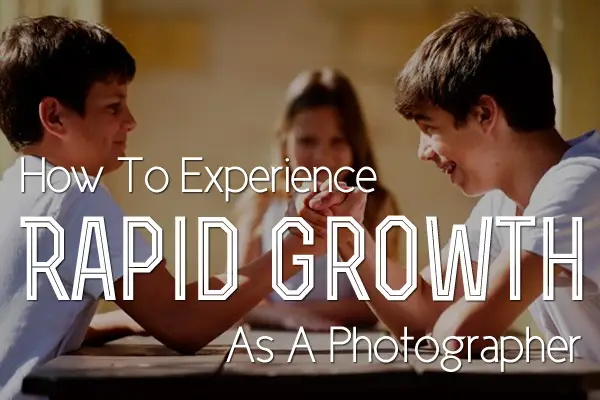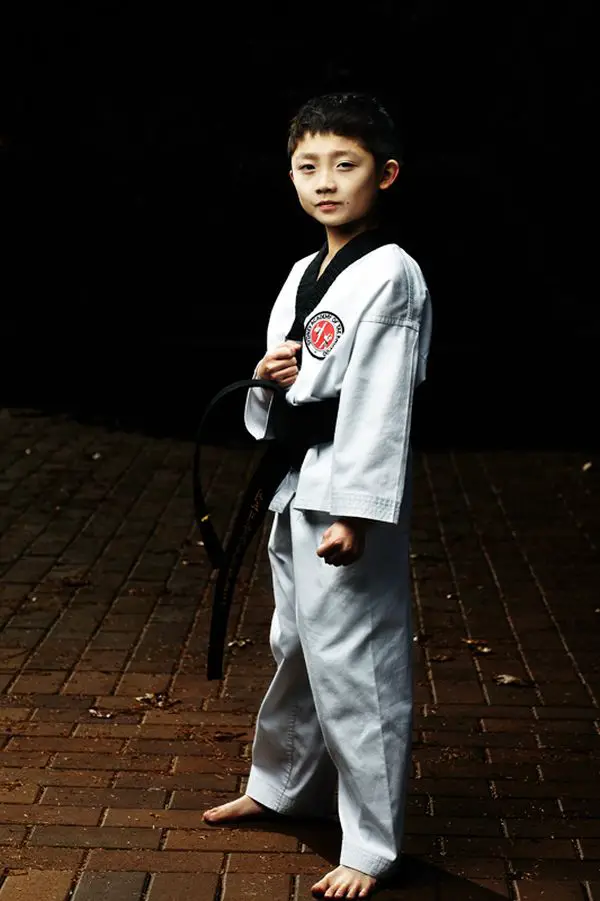Growth is a direct result of being outside your comfort zone. But being outside your comfort zone can be wonderful thing and it can also be your worst nightmare.
The trick is in striking the perfect balance between doing what you know how to do well and doing what you have no idea about.

Let’s say someone asks you to photograph their wedding. You are pretty handy with your DSLR, but you’ve never shot a wedding before.
How far are you outside your comfort zone? Well, enough to probably screw the whole thing up. You’ll probably grab some good candid shots and get a few people to line up for photos, but compared to what an experienced professional photographer would have produced, you’ll fall very short.

There are just too many nuances – technical, logistical and interpersonal – that you don’t know about. And will not be able to handle them all when they all come bearing at you at once.
Now, let’s say, that you’re a professional wedding photographer and you have hundreds of weddings under your belt.
You know exactly what’s coming next, so you anticipate it well. You have a nice selection of locations, alternative locations, poses and compositions that you have tried, tested and use regularly.
You could do this shoot with your eyes closed – and you don’t need to learn anything new to make it happen. You’re a true experienced pro.
Which one of these places is a better place to be?
Well, I think they’re both pretty rubbish.
If you’re the first guy, you’ll probably spend a day looking like a deer in headlights – and probably ruin someone’s wedding. And if you’re the second guy, you’ll find your day to be dull way “of just making a buck” and your photos won’t shine with much creativity and originality.
I think the best place to be is to be about 20% Outside Your Comfort Zone Rule. That is, every photoshoot should require that you spend about 80% of the time drawing on skills you’re solidly confident in, and 20% on skills which you’re new to.
And about 20% is optimal. A little more and you’ll sink because it will be too much for you to handle. A little less, and you’ll become one of those bored professionals.

Let me give you a real-life story to illustrate this.
Before I began charging people for my work, I did a few free shoots for friends. On one of those shoots, I noticed that the weakest point in my skill set was lighting. I shot only using available light, and I used it badly.
So before the next shoot I read and watched everything online I could about using strobes, spent a week playing around with them (and shooting my girlfriend), then brought – and used them – on my next gig. This was probably a bit more than a 20% jump, but I pulled it off.
When editing photos from that shoot, I noticed that while I was paying so much attention to lighting, I was neglecting my subjects. Often they just arranged themselves into poses as I was fiddling with power settings.
That was a clear new weak point I needed to address. I spent a week flipping through magazines, looking at how models were posed. In my head I explained to imaginary models how to stand, sit and lean. If I walked past a billboard and a pose caught my attention, I’d make myself repeat it, much to amusement of passers by.
Next shoot I noticed that even though my models were now posed in all kinds of contortionist variations of limbs and torsos, they were looking a bit stiff and rigid. I seemed to lack connection with them. So the next shoot I focused on doing technical stuff as a background mental process while being really present, fun and light with my subjects.
And so on and so forth.
Before every shoot I identify a gap in my skill set and, instead of working around it, I’ll make myself use those weak skills. I know I’m growing if I check in with myself and feel like I’m 80% completely grounded and 20% sticking my neck out.
A good barometer of this is checking my nerves before the shoot. I like to be just a tad nervous before. I don’t want to be either completely calm and I don’t want to be panicky, either.
If I’m the former, I know I’m about to just go through the motions. And if I’m the latter, I know I haven’t prepared sufficiently or am biting off more than I can chew.
I’m constantly just a tad outside my comfort zone. And that helps me grow every time I press the shutter. Well, every 20% of the time 🙂










Awesome piece of advice, Steven 🙂 Too bad I lack skills to form that initial 80%.. but I’ve already started learning and I will consider your method of trying something new each time and looking for gaps in my past works 🙂
I really like this 20% out of your comfort zone idea. Great post.